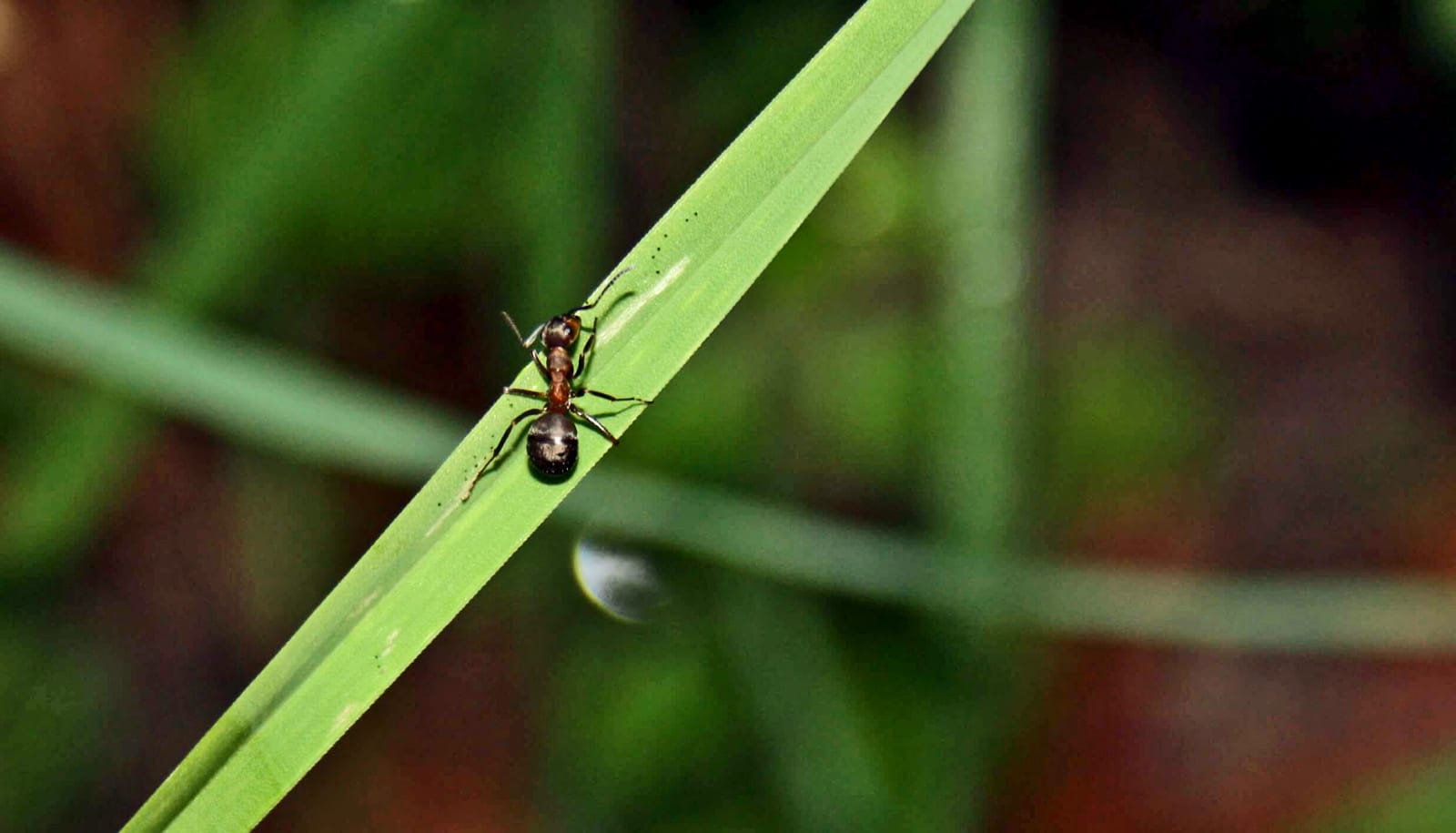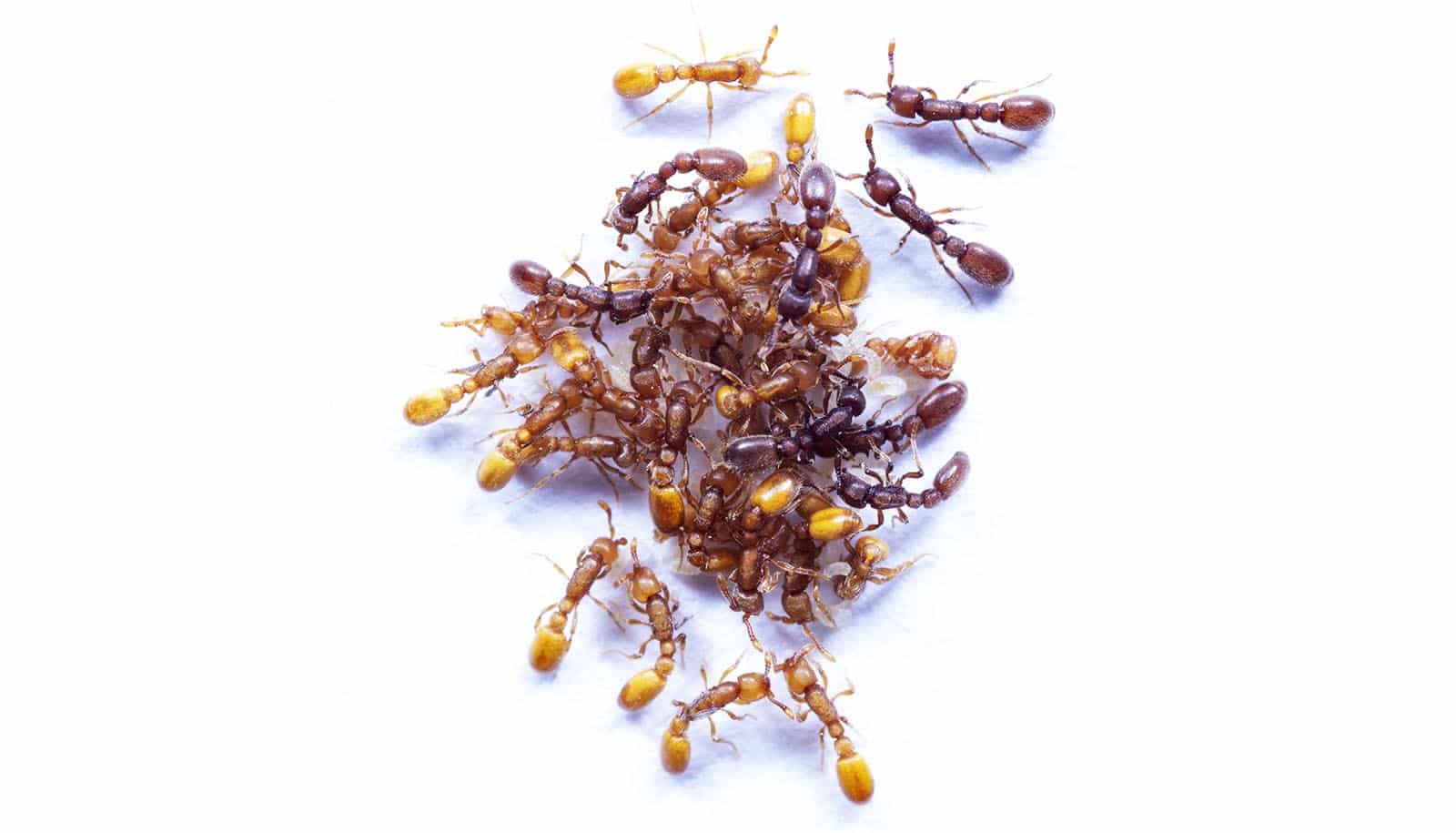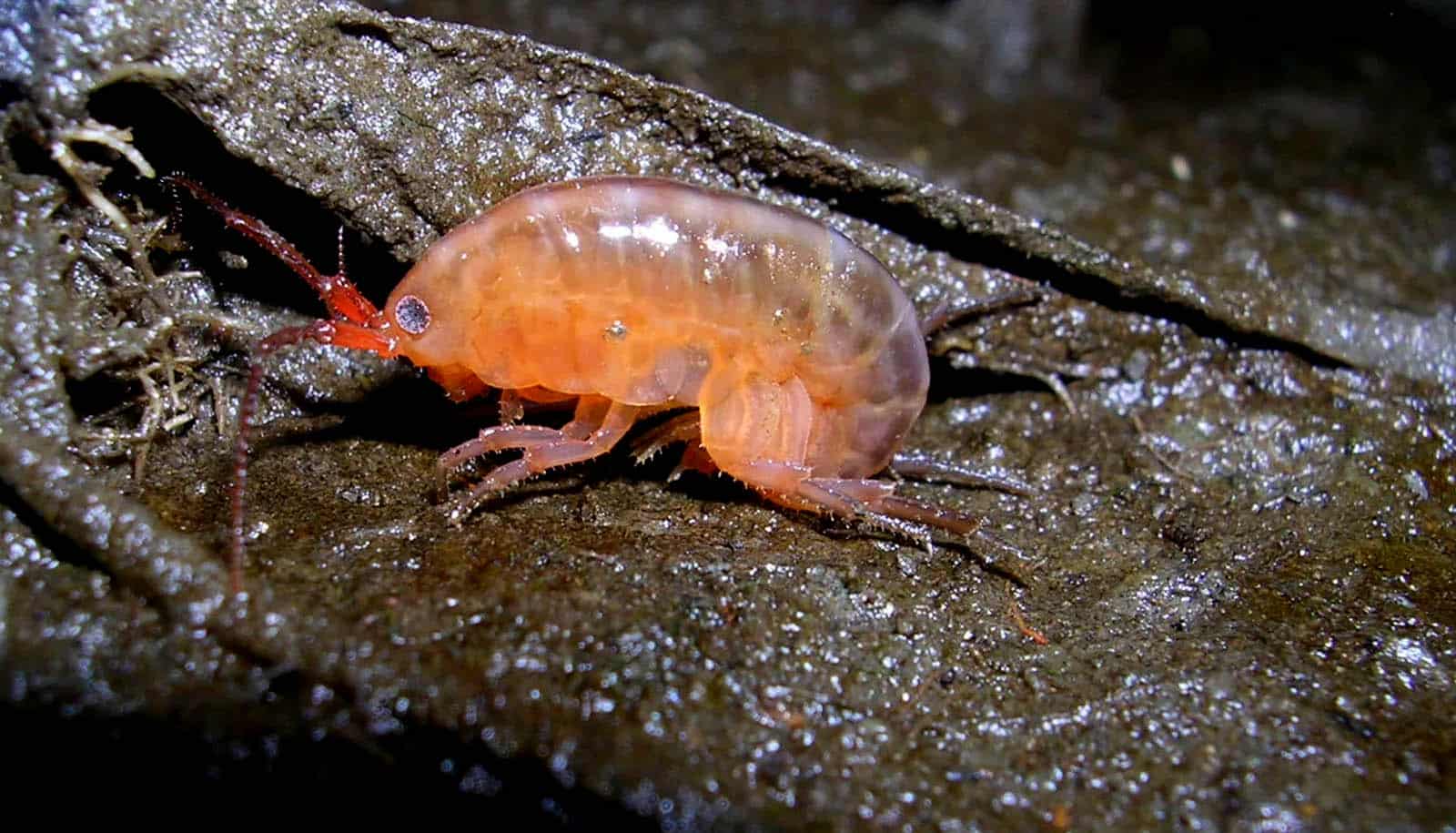A brain-altering parasite turns ants into zombies at dawn and dusk, report researchers.
Imagine waking up, jaws gripping the top of a swaying blade of grass, unaware of how you got there. That’s the reality for ants infected with the lancet liver fluke, a tiny parasitic flatworm.
Liver flukes have a complicated life cycle that begins with the hijacking of the ant’s brain. The unsuspecting ant climbs up and clamps its powerful jaws onto the top of a blade of grass, making it more likely to be eaten by grazers such as cattle and deer.
Researchers from the University of Copenhagen’s department of plant and environmental sciences have discovered that the parasite’s ability to control the ant is even more cunning than previously believed. Impressively, the parasite can even get the ant to crawl back down the blade of grass when it gets too hot.
“Getting the ants high up in the grass for when cattle or deer graze during the cool morning and evening hours, and then down again to avoid the sun’s deadly rays, is quite smart. Our discovery reveals a parasite that is more sophisticated than we originally believed it to be,” explains associate professor Brian Lund Fredensborg, who conducted the study with former graduate student Simone Nordstrand Gasque, now a PhD student at Wageningen University in the Netherlands.
The study of the parasite appears in the journal Behavioral Ecology.
The researchers tagged several hundred infected ants in the Bidstrup Forests near Roskilde, Denmark.
“It took some dexterity to glue colors and numbers onto the rear segments of the ants, but it allowed us to keep track of them for longer periods of time,” says Fredensborg.
They then observed the infected ants’ behavior in relation to light, humidity, time of day, and temperature. It was clear that temperature influenced ant behavior. When the temperature was low, the ants were more likely to be attached to the top of a blade of grass. When the temperature rose, the ants relinquished the grass and crawled back down.
“We found a clear correlation between temperature and ant behavior. We joked about having found the ants’ zombie switch,” says Fredensborg.
Once the liver fluke infects the ant, several hundred parasites invade the ant’s body. But only one makes its way to the brain, where it can influence the ant’s behavior. The rest of the liver flukes conceal themselves in the ant’s abdomen.
“Here, there can be hundreds of liver flukes waiting for the ant to get them into their next host. They are wrapped in a capsule which protects them from the consequent host’s stomach acid, while the liver fluke that took control of the ant, dies. You could say that it sacrifices itself for the others,” explains Fredensborg.
Animals infected with many liver flukes can suffer liver damage as the parasite moves around the host’s liver and bile ducts.
Fredensborg notes that there are many other examples of parasites that alter animal behavior. As such, parasites that hijack their host’s behavior have a greater hand in the food chain than many might think. According to Fredensborg, this new study sheds light on an extremely underrated group of creatures.
“Historically, parasites have never really been focused on that much, despite there being scientific sources which say that parasitism is the most widespread life form. This is in part due to the fact that parasites are quite difficult to study. Nevertheless, the hidden world of parasites forms a significant part of biodiversity, and by changing the host’s behavior, they can help determine who eats what in nature. That’s why they’re important for us to understand,” he says.
The tiny liver fluke is widespread in Denmark, and other temperate regions worldwide. The researcher and his colleagues will continue to investigate the parasite, and exactly how it takes over an ant’s brain.
“We now know that temperature determines when the parasite will take over an ant’s brain. But we still need to figure out which cocktail of chemical substances the parasite uses to turn ants into zombies,” Fredensborg concludes.
Source: University of Copenhagen



